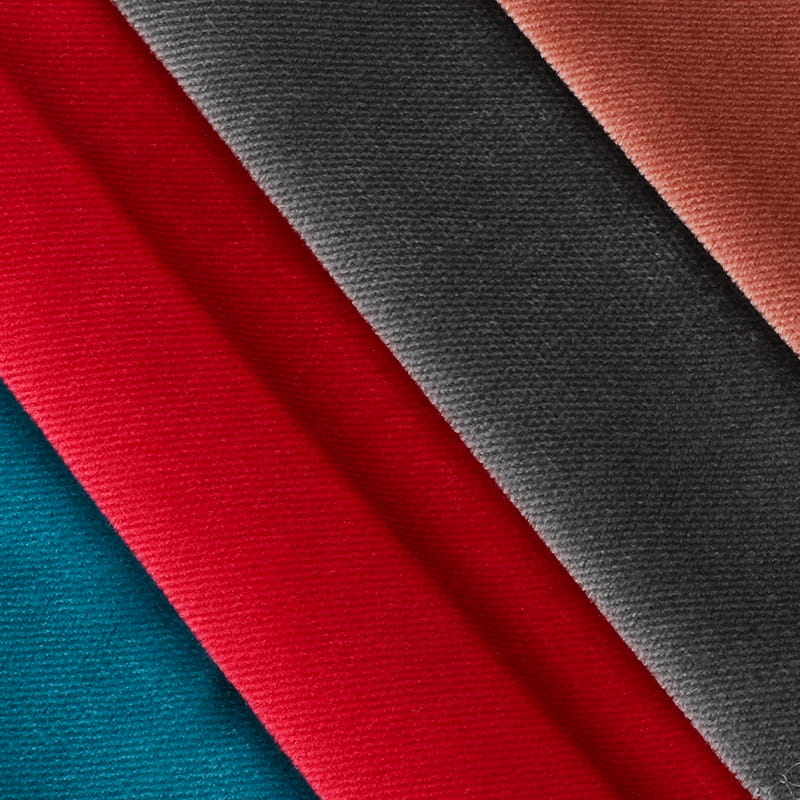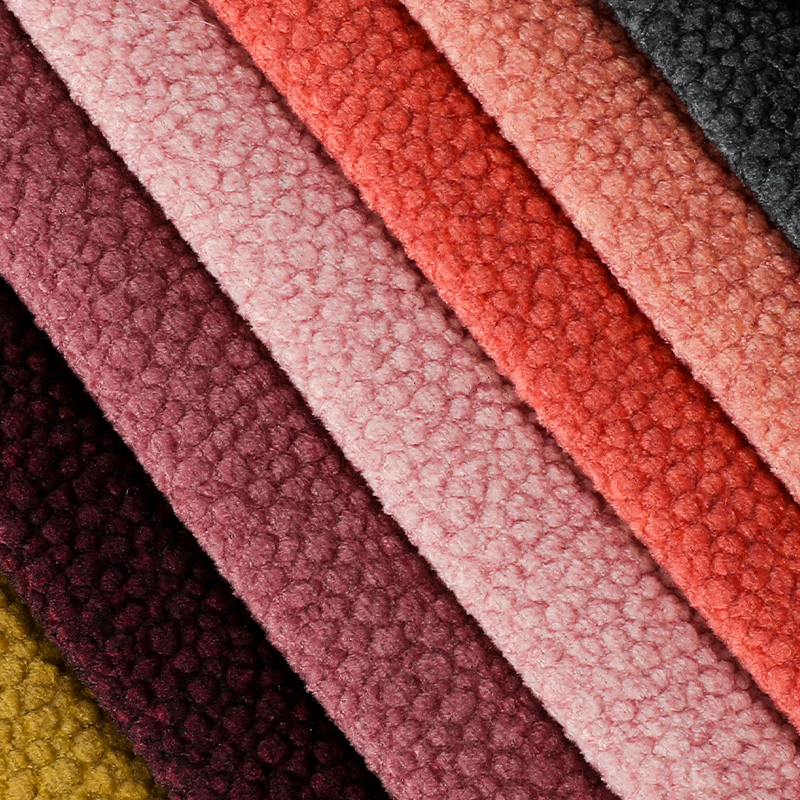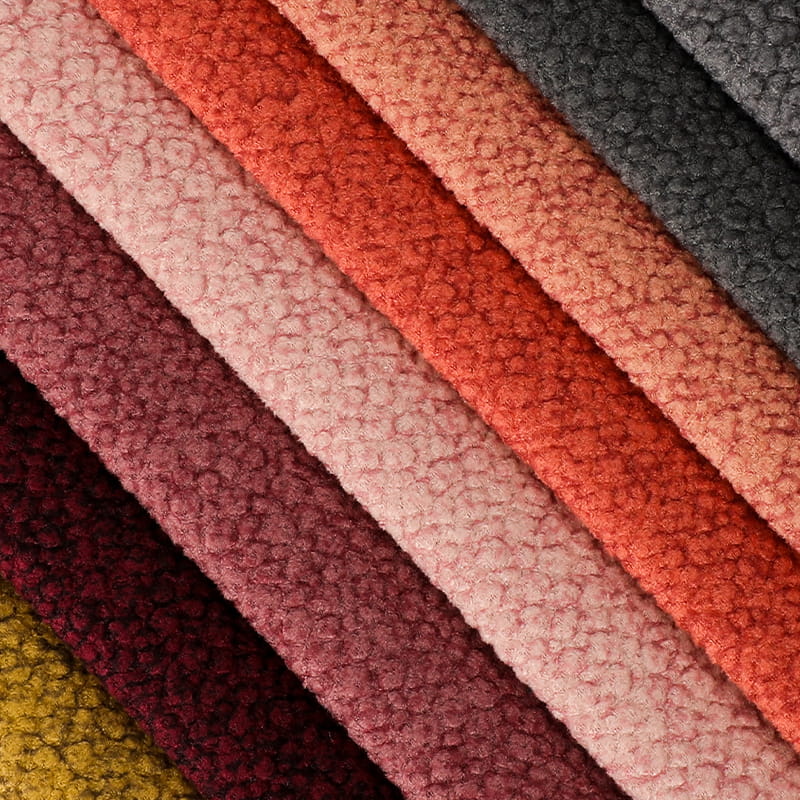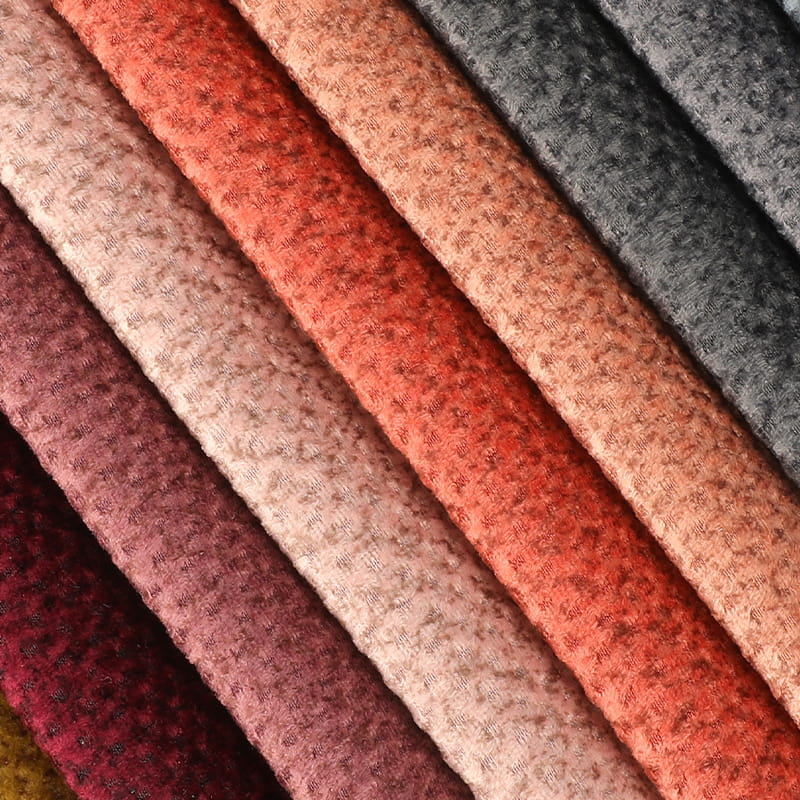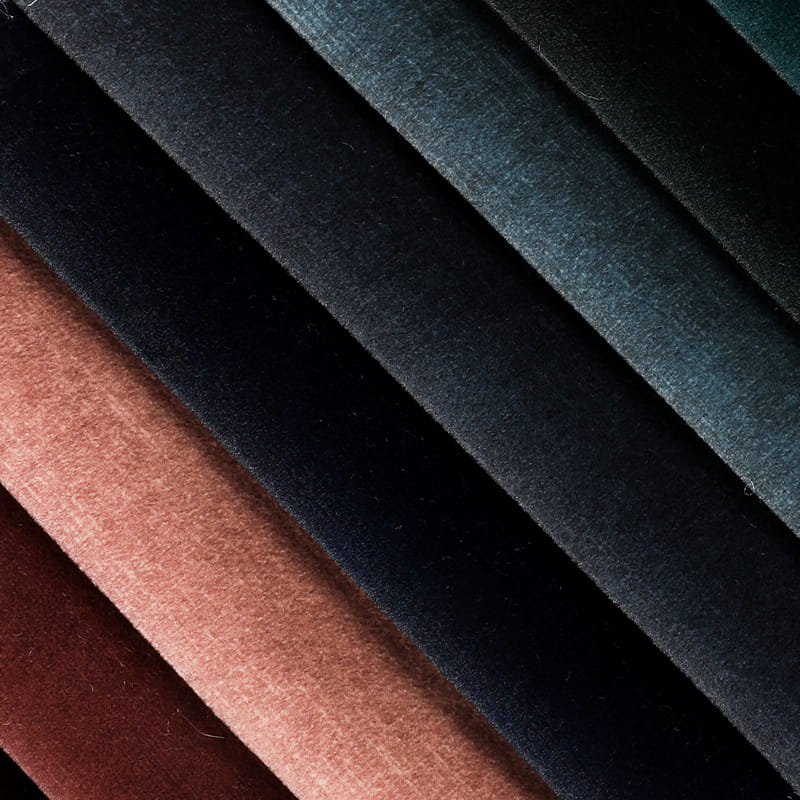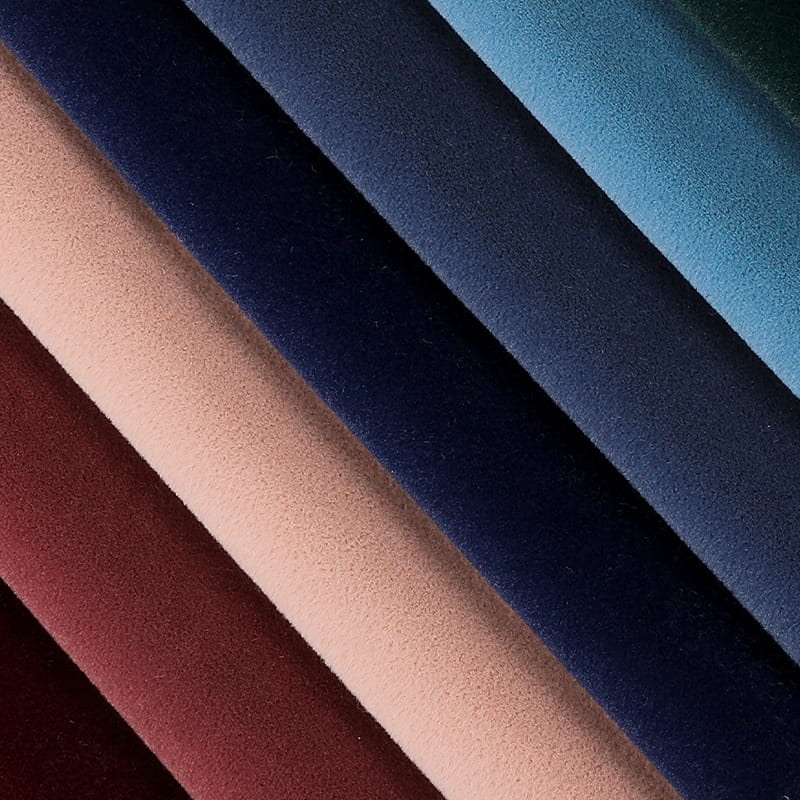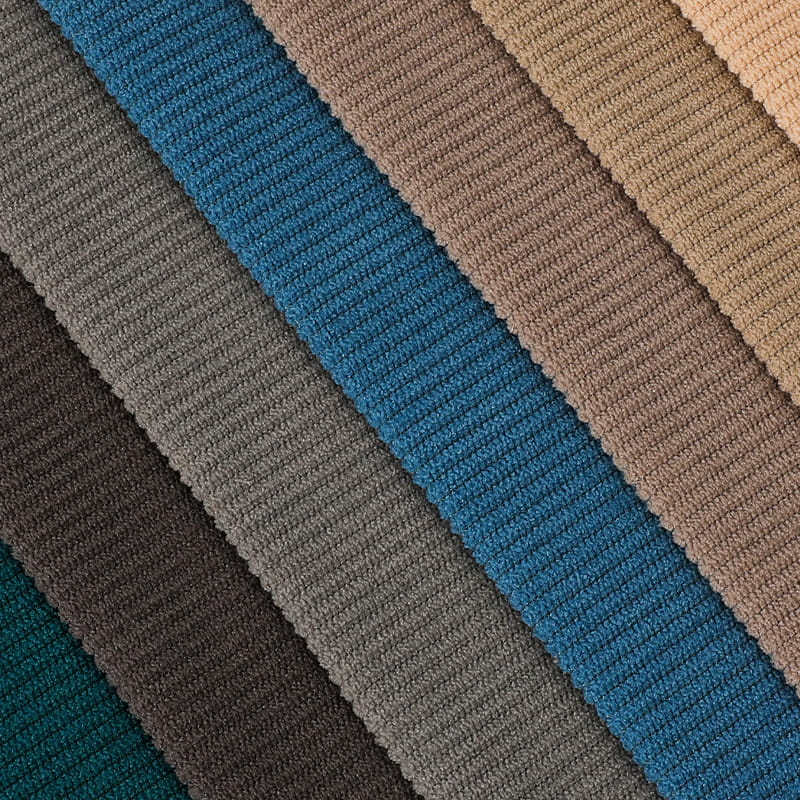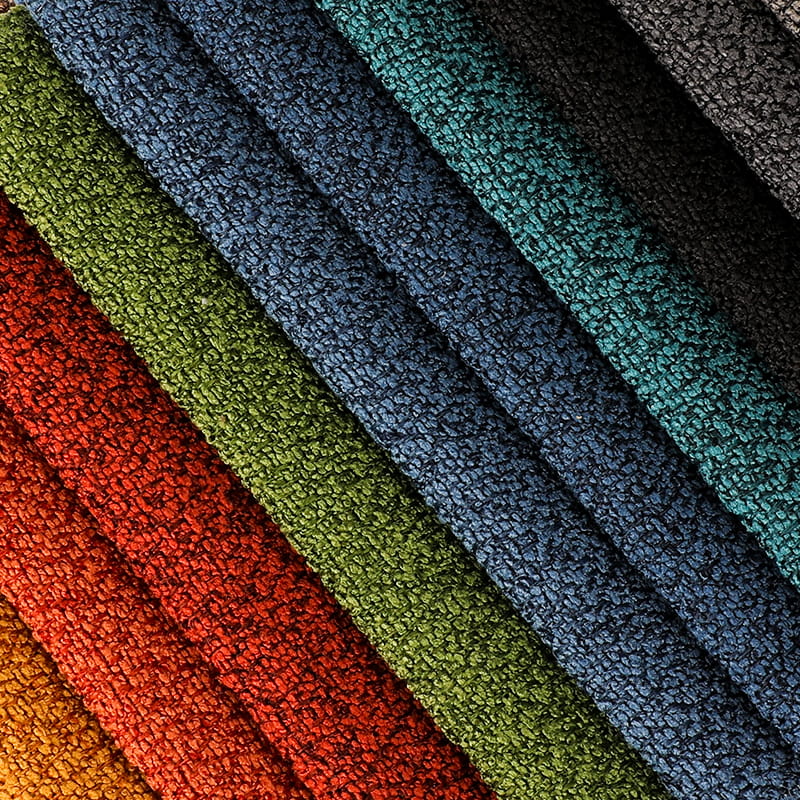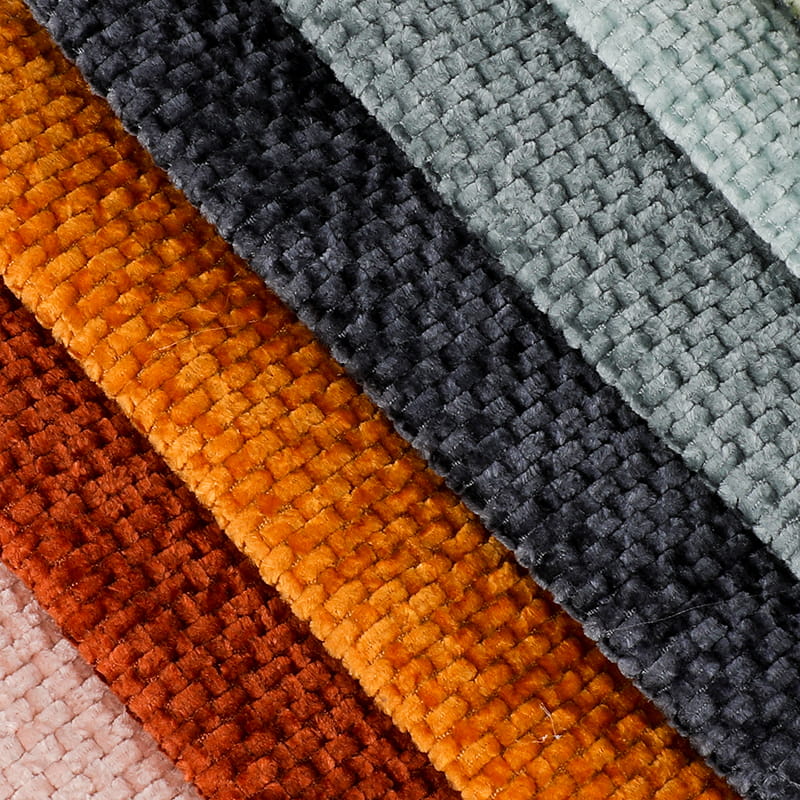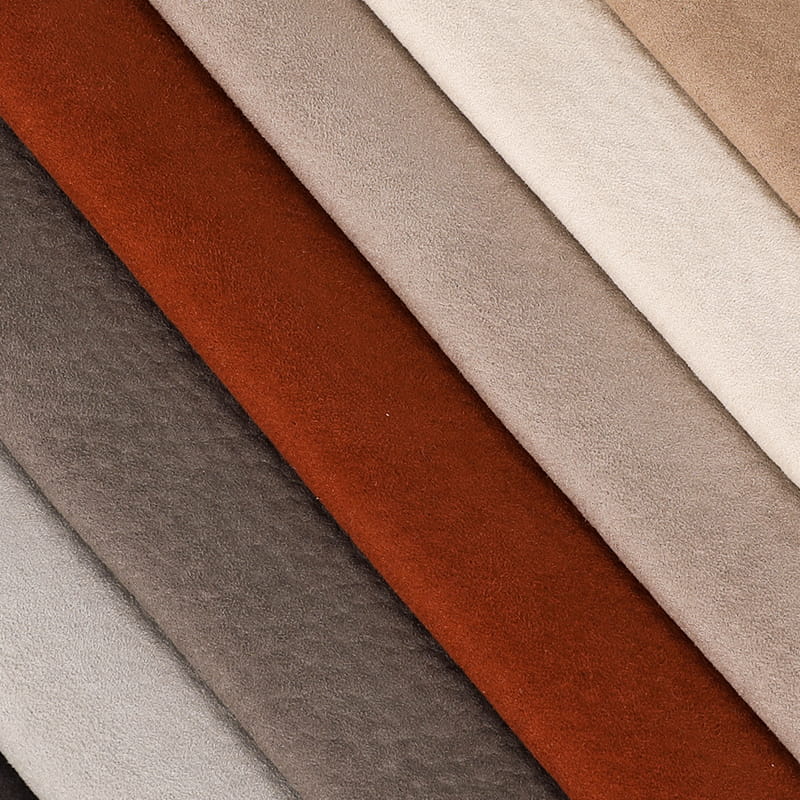In the world of home decor, fabrics act like a second skin, quietly shaping the character and warmth of a home. As the core vehicle connecting furniture functionality with spatial aesthetics, Upholstery Home Textile Fabric, with its diverse material properties and design language, is becoming the most expressive element in soft furnishing design. From the delicate tactile feel of sofa covers, to the play of light and shadow on curtains, to the skin-friendly feel of bedding, these fabrics not only carry practical functions but also hold the key to creating an ideal home ambiance.
Material Texture: From a Gift of Nature to a Revolution in Texture Empowered by Technology
The allure of home textile fabrics stems first and foremost from the textural language of the materials themselves. Natural fibers have always held an irreplaceable place. From the softness and breathability of cotton, the ruggedness and effortlessness of linen, to the delicate luster of silk, each fiber bears the imprint of nature, infusing a space with pristine vitality. Cotton and linen blends, thanks to the skin-friendly feel of cotton and the crispness of linen, have become a staple in living room sofas and bedroom bedding. Their stability, achieved through pre-shrinkage, overcomes the deformation issues of natural fibers, offering a perfect balance of comfort and durability.

With the advancement of materials technology, the incorporation of synthetic and regenerated fibers has opened up new possibilities for fabrics. The wrinkle-resistance and wear-resistance of polyester and the high strength and elasticity of nylon make fabrics more resilient to the friction and stains of daily use. Regenerated cellulose fibers, such as Tencel and Modal, are re-spun from plant cellulose using advanced processes. They retain the breathability and moisture absorption of natural fibers while imparting a superior drape and color expression, making them a top choice for those seeking eco-friendly and high-quality fabrics in modern soft furnishings.
Different weaving techniques further enhance the textures of fabrics. The clean, simple plain weave, the delicate luster of twill, the three-dimensional patterns of jacquard, and even the more popular cut pile and flocking techniques all convey unique tactile stories through the interweaving of warp and weft. These techniques not only impact the fabric's visual impact but also directly influence its durability and maintenance costs, making them essential details when selecting and purchasing.
Color and Pattern: The Silent Mood-Controlling Agents of Soft Furnishings
If the material is the skeleton of a fabric, then color and pattern are the paintbrushes that give it its soul. In a home, the color of the fabric directly influences the mood of the space. Warm tones of beige and light brown create a sense of warmth and envelopment, while cool tones of gray-blue and dark green bring a sense of tranquility and detachment. Bold use of contrasting colors can instantly energize a space.
Pattern design offers another way for fabric to communicate with the space. The clean lines of geometric patterns are suitable for modern, minimalist spaces, enhancing a sense of order. The natural, flowing feel of botanical patterns injects vitality and softness into a space, particularly suited to Nordic and New Chinese styles. Abstract patterns, with their openness to interpretation, are the finishing touch to a personalized space. It's important to note that the size of the pattern should complement the spatial scale. Overly complex patterns in small spaces can create a sense of oppression, while delicate patterns in large spaces can appear thin.
Functional Adaptability: A Balancing Path from Scenario Needs to Long-Term Usage
The selection of home textile fabrics is never simply a matter of aesthetics; functional adaptability is key to their longevity. In the living room, a frequently used area, sofa fabrics need to be both wear-resistant, stain-resistant, and easy to clean. Water-repellent micro-plush or tightly woven linen are ideal choices for both quality and practicality. Bedroom bedding and curtains prioritize skin-friendliness and light-blocking properties. The soft feel of long-staple cotton and the privacy provided by blackout curtains create a comfortable resting environment.

The functional requirements of specific scenarios place even greater demands on the fabric's professional performance. Fabrics for children's rooms must be anti-static and mildew-resistant, while also being environmentally friendly and odorless. Tablecloths and chair covers in the kitchen and dining room need to be heat-resistant and easy to wipe clean, with polyester and cotton blends performing particularly well in these settings. Fabric durability is also reflected in its color fastness and shrinkage resistance. Fabrics that undergo rigorous post-processing processes maintain their shape and color over long-term use, reducing maintenance costs.
The world of upholstery home textile fabrics is a fusion of texture, color, function, and emotion. They silently participate in our daily lives, witnessing every moment of our homes. Choosing the right fabric not only shapes the aesthetics of a space but also defines the quality of life—making the home a true haven for both body and soul, through the dual enjoyment of touch and sight.



 English
English Español
Español